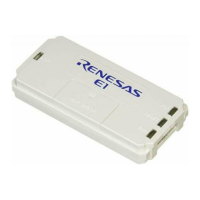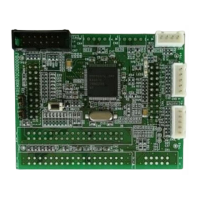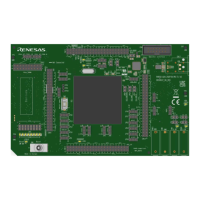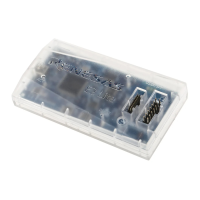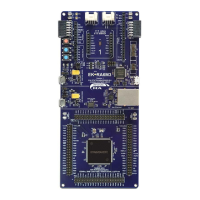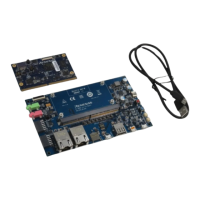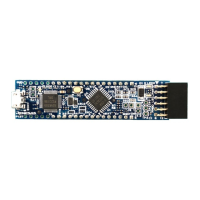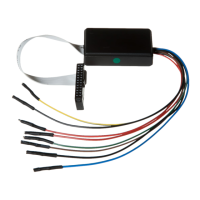231
A.2 File format (Bit Field Supported)
Each module name must be defined in the [Modules] definition section and the numbering of each module must
be sequential. Each module corresponds to a register definition section and within the section each entry defines
an I/O register.
The user must define “FileVersion=2” at the start of the section. It means that this I/O register file is described
with the version that supports the bit field.
The [BaseAddress] definition is for devices where the location of I/O registers moves in the address space
depending on the CPU mode. In this case, the [BaseAddress] value is the base address of the I/O registers in one
specific mode and the addresses used in the register definitions are the address locations of the registers in the
same mode. When the I/O register file is actually used, the [BaseAddress] value is subtracted from the defined
register address and the resultant offset added to the relevant base address for the selected mode.
Each module has a section that defines the registers forming it along with an optional dependency. The
dependency is checked to see if the module is enabled or not. Each register name must be defined in the section
and the numbering of each register must be sequential. The dependency is entered in the section as dep=<reg>
<bit> <value>.
1. <reg> is the register id of the dependency.
2. <bit> is the bit position within the register.
3. <value> is the value that the bit must be for the module to be enabled.
The [Register] definition entry is entered in the format id=<name> <address> [<size>
[<absolute>[<format>[<bitfields>]]]].
1. <name> register name to be displayed.
2. <address> address of the register.
3. <size> which may be B, W or L for byte, word, or longword (default is byte).
4. <absolute> which can be set to A if the register is at an absolute address. This is only relevant
if the I/O area address range moves about on the CPU in different modes. In this case, if a
register is defined as absolute the base address offset calculation is not performed and the
specified address is used directly.
5. <format> format for register output. Valid values are H for Hexadecimal, D for decimal, and
B for binary.
6. <bitfields> section defining the bits within the register.
Bitfield sections define the bits within a register each entry is of the type bit<no>=<name>.
1. <no> is the bit number.
2. <name> is a symbolic name of the bit.
Comment lines are allowed and must start with a “;” character.
An example is shown below.
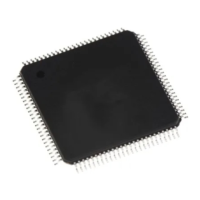
